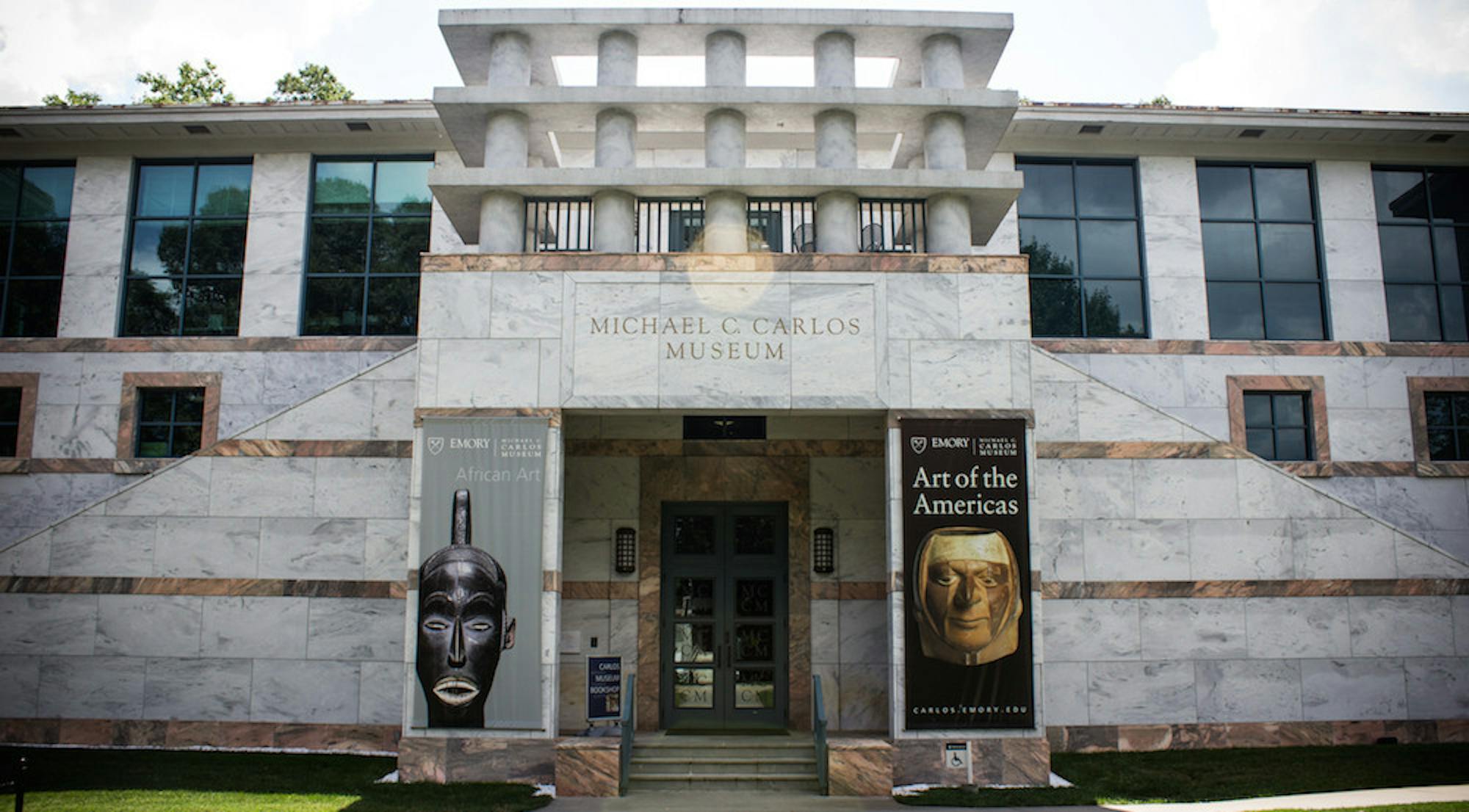
By Leila Yavari
Contributing Writer
Egyptologist Melinda Hartwig will be the new curator of Egyptian, Nubian and Near Eastern art, the second such curator at Emory, according to a Jan. 7 University press release.
She will succeed Peter Lacovara, the curator from 1998-2014.
A professor at Georgia State University since 2001, Hartwig curated exhibitions at the University of Memphis Art Museum, as well as Atlanta’s High Museum of Art.
When asked what she is looking forward to the most in this new chapter of her life, Hartwig credits the students and faculty.
“The faculty here at the Carlos are top-notch, experts in their field and everyone works together in such a collaborative environment,” she said. “And after being a professor for 13 years, students have become such a part of my life that I can’t imagine doing something without them in mind.”
Visitors of the Egyptian, Nubian and Near Eastern art exhibit can expect to see coffins, sculptures, amulets and tombs among other ancient artifacts in the permanent and temporary collections.
According to Hartwig, in addition to the incredible breadth and quality the Museum offers, visitors can also expect to find artifacts that show the relatability of Ancient Egyptian life to our modern lives.
“We have pottery, jewelry, eye-makeup and things that really show the day-to-day life of the Egyptians that really catches people’s attention,” she said.
The Carlos also hosts the oldest preserved Egyptian mummy in the Western hemisphere: the Old Kingdom Mummy, which arrived at Emory in 1921 and was put on display in 2011. The mummy is a particularly notable feature for the Museum’s visitors as well as for Hartwig’s experience as a curator, she said.
The Carlos Museum is distinct from other museums where Hartwig has worked in the past, she said, because it is a teaching museum.
“We’re here to give you information in the most lively and interesting way about how the Ancient Egyptians, the Arcadians, the Assyrians lived,” Hartwig said. “And this is a permanent collection with a very large and diverse collection of artifacts that is really fun to be able to work with.”
Hartwig recommends that visitors visit her personal favorite artifact in the Museum: the stele of a woman who died during a particularly tumultuous period in Egypt.
In ancient Egypt, a stele was used as a type of tombstone that would feature text and ornamentation.
According to Hartwig, the stele featured at the Carlos includes a painting of the woman and a hidden letter written by her mother and brother.
“It gives you a little slice of day-to-day living but also a slice of death and how the Egyptians would deal with this part of life,” Hartwig says.
Carlos Museum Receptionist Lance Powell has worked at the Museum for four years and has only praise for Hartwig.
“When I first met Dr. Hartwig ... she was so engaging and passionate and really knowledgeable about the work that she does,” Powell said. “She’s been so warm and friendly, and I really think she will continue the great work that the Carlos Museum does.”
To all the Emory students who have not yet visited the Carlos Museum, Hartwig said, “It’s really important to see objects up close, not on TV, but to be really in front of something is a whole different experience you walk away with. Every object tells a story and you can see we’re still very similar in life today as with life in the past.”
The Carlos Museum is open Tuesdays to Fridays from 10 a.m. until 4 p.m., Saturdays from 10 a.m. to 5 p.m., Sundays from 12 p.m. to 5 p.m. and is closed on Mondays. Entry for Emory students and faculty is free with an Emory ID.
By Leila Yavari, Contributing Writer
New Curator Joins Carlos Museum
The Michael C. Carlos Museum. Photo by Hagar Elsayed / Photo Editor.






